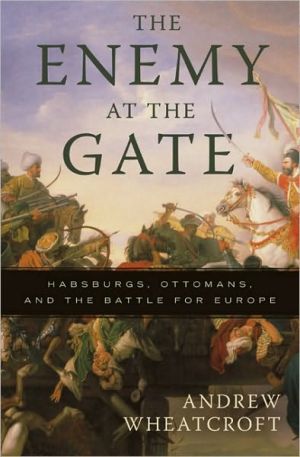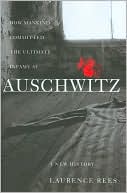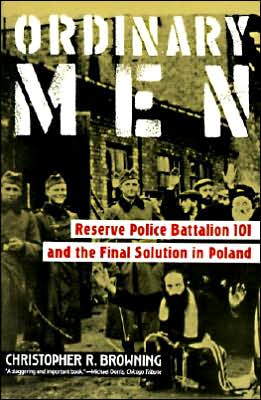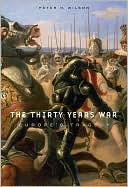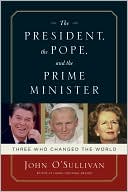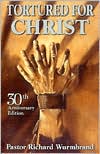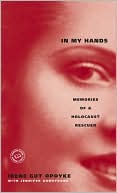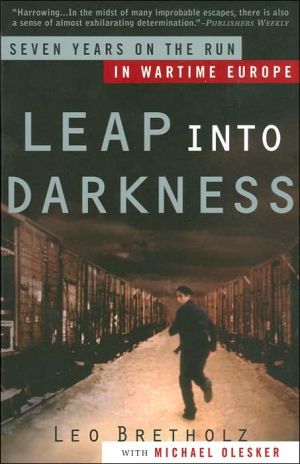The Enemy at the Gate: Habsburgs, Ottomans, and the Battle for Europe
In 1683, an Ottoman army that stretched from horizon to horizon set out to seize the “Golden Apple,” as Turks referred to Vienna. The ensuing siege pitted battle-hardened Janissaries wielding seventeenth-century grenades against Habsburg armies, widely feared for their savagery. The walls of Vienna bristled with guns as the besieging Ottoman host launched bombs, fired cannons, and showered the populace with arrows during the battle for Christianity’s bulwark. Each side was sustained by the...
Search in google:
In 1683, an Ottoman army that stretched from horizon to horizon set out to seize the “Golden Apple,” as Turks referred to Vienna. The ensuing siege pitted battle-hardened Janissaries wielding seventeenth-century grenades against Habsburg armies, widely feared for their savagery. The walls of Vienna bristled with guns as the besieging Ottoman host launched bombs, fired cannons, and showered the populace with arrows during the battle for Christianity’s bulwark. Each side was sustained by the hatred of its age-old enemy, certain that victory would be won by the grace of God.The Great Siege of Vienna is the centerpiece for historian Andrew Wheatcroft’s richly drawn portrait of the centuries-long rivalry between the Ottoman and Habsburg empires for control of the European continent. A gripping work by a master historian, The Enemy at the Gate offers a timely examination of an epic clash of civilizations. The New York Times - Eric Ormsby As Andrew Wheatcroft brilliantly shows in The Enemy at the Gate, the skirmishes and the pitched battles that raged for centuries between Habsburgs and Ottomans, and their numerous vassals on both sides, represented not so much a "clash of civilizations" as a collision of empires…Wheatcroft, the author of several earlier books on both Habsburgs and Ottomans, states that he set out here to portray the Ottoman "face of battle," borrowing a phrase from the classic work by John Keegan, and in this he succeeds; his narrative is thrilling as well as thoughtful, a rare combination.
\ Eric OrmsbyAs Andrew Wheatcroft brilliantly shows in The Enemy at the Gate, the skirmishes and the pitched battles that raged for centuries between Habsburgs and Ottomans, and their numerous vassals on both sides, represented not so much a "clash of civilizations" as a collision of empires…Wheatcroft, the author of several earlier books on both Habsburgs and Ottomans, states that he set out here to portray the Ottoman "face of battle," borrowing a phrase from the classic work by John Keegan, and in this he succeeds; his narrative is thrilling as well as thoughtful, a rare combination.\ —The New York Times\ \ \ \ \ Library JournalWheatcroft (director, Centre for Publishing Studies, Univ. of Stirling, Scotland; Infidels) offers a richly detailed account of the 1683 Ottoman siege of Vienna and subsequent battle with the Hapsburg central European forces. Although focusing on a single military campaign, Wheatcroft draws on decades of his own research on the Hapsburg-Ottoman conflict to provide needed historical context for the events of war. As Wheatcroft aptly states in his introduction, his is in fact a broader study that seeks to understand "Europe's fear of the Turks" within the frame of a specific Ottoman-Hapsburg military clash. Much of Wheatcroft's detail comes from European accounts of life in the Ottoman Empire and first-person descriptions of war, but the inherent bias in these sources is always acknowledged. As a result, Wheatcroft is able to move beyond tales of the "Terrible Turks" to provide a realistic portrayal of Ottoman leadership, a political context for the Hapsburg-Ottoman conflict, and a description of the shifting balance of power between these two dynasties. This is not a work of popular history for the casual reader, but scholars and students of history would benefit greatly from this well-researched account of 17th-century Ottoman-Hapsburg political power.\ —Veronica Arellano\ \ \ \ Kirkus ReviewsHistorian Wheatcroft (Centre for Publishing Studies/Univ. of Stirling; Infidels: A History of the Conflict Between Christendom and Islam, 2004, etc.) presents a blow-by-blow account of the Siege of Vienna of 1683. Determined to "bring all people under Ottoman rule and under the authority of Islam," Sultan Mehmed IV, along with his Grand Vizier Kara Mustafa, gathered their vast army-comprised of ferocious Tartars, janissaries and Balkan riders-and marched on Vienna, the seat of Christianity and Holy Roman Emperor Leopold I. The Ottomans might well have succeeded if the Germans and Polish cavalry hadn't come to the Habsburgs' rescue. Wheatcroft demonstrates a scholarly command of this multifaceted area of history, carefully sifting through the evidence on both sides, Western and Eastern. He dutifully chronicles the two-month showdown, which ended in the rout of the Turks by military leaders such as Prince Eugene of Savoy, Charles of Lorraine and Count Ernst Rudiger von Starhemberg. While the Habsburg defenses' were vulnerable, weakened by the Thirty Years' War, the leaders were strong, the tactics effective and the Viennese stronghold substantial. Their outright fear of the enemy-"Turkish armies were terrifying to behold"-proved instrumental as well. In contrast, the Ottomans, under the vainglorious Vizier, underestimated the Habsburg strengths and could not control their own manpower; their confidence in victory proved "delusional." Wheatcroft does a fine job marshaling much of the available new research, emphasizing the role of Hungary as "the battleground in the confrontation between two great empires."A highly specialized but informative study. Agent: Clare Alexander/Aitken Alexander\ \
